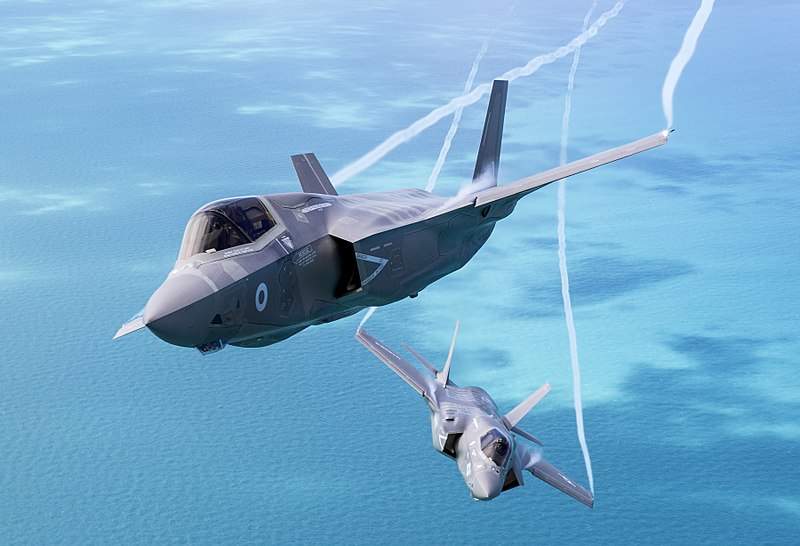
The Pentagon’s auditors have initiated a review of United Technologies’ unit Pratt & Whitney’s $66bn F-35 engine programme in order to determine why the company is failing to gain more savings from subcontractors on its share of the US weapons programme.
The review was started after Pratt & Whitney claimed cost savings of around 3% in its prices for the 12th through 14th F-35 production batches over the previous contract.
As a result, the Defense Contract Audit Agency is reviewing whether subcontractor prices are falling.
Bloomberg reported that Pratt & Whitney is the sole provider of engines for the F-35. The company and its subcontractors are expected to receive as much as $66bn of an estimated $428bn in acquisition costs for building more than 3,000 F-35 fighter jets for the US and its allies.
Defense Department F-35 programme office spokesman Greg Kuntz said that the review covering parts such as castings and forgings includes 15 to 20 suppliers.
Kuntz added that with these types of supplier audits, the programme office will be able to determine pricing accurately ahead of the next production negotiations for the 15th through 17th contracts.
How well do you really know your competitors?
Access the most comprehensive Company Profiles on the market, powered by GlobalData. Save hours of research. Gain competitive edge.

Thank you!
Your download email will arrive shortly
Not ready to buy yet? Download a free sample
We are confident about the unique quality of our Company Profiles. However, we want you to make the most beneficial decision for your business, so we offer a free sample that you can download by submitting the below form
By GlobalDataIn addition, the audits, which include information from subcontractors, will help in establishing a fair and reasonable price for the propulsion system.
Pratt & Whitney military engines president Matthew Bromberg told Bloomberg that the company has achieved 55% in cost reductions per engine from the beginning of production to the end of Lot 14.
Bromberg added that, over the next two years, the company aims to secure a more aggressive cost-reduction strategy that it will negotiate with the Pentagon.



